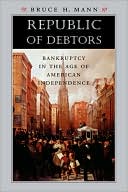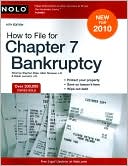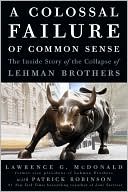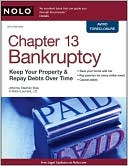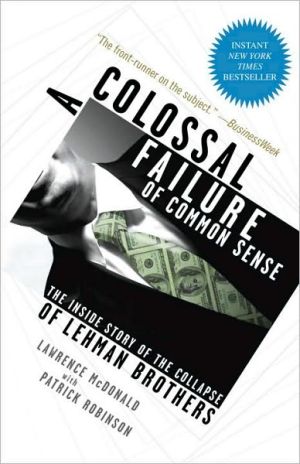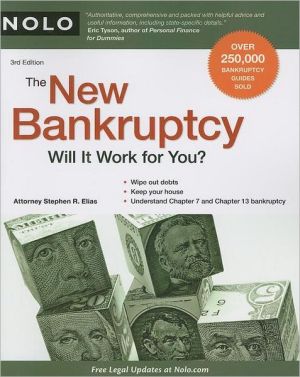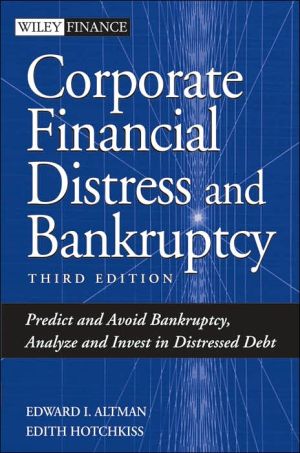Republic of Debtors: Bankruptcy in the Age of American Independence
Search in google:
Debt was an inescapable fact of life in early America. At the beginning of the eighteenth century, its sinfulness was preached by ministers and the right to imprison debtors was unquestioned. By 1800, imprisonment for debt was under attack and insolvency was no longer seen as a moral failure, merely an economic setback. In Republic of Debtors, Bruce H. Mann illuminates this crucial transformation in early American society.From the wealthy merchant to the backwoods farmer, Mann tells the personal stories of men and women struggling to repay their debts and stay ahead of their creditors. He opens a window onto a society undergoing such fundamental changes as the growth of a commercial economy, the emergence of a consumer marketplace, and a revolution for independence. In addressing debt Americans debated complicated questions of commerce and agriculture, nationalism and federalism, dependence and independence, slavery and freedom. And when numerous prominent men—including the richest man in America and a justice of the Supreme Court—found themselves imprisoned for debt or forced to become fugitives from creditors, their fate altered the political dimensions of debtor relief, leading to the highly controversial Bankruptcy Act of 1800.Whether a society forgives its debtors is not just a question of law or economics; it goes to the heart of what a society values. In chronicling attitudes toward debt and bankruptcy in early America, Mann explores the very character of American society. Publishers Weekly This subtle, wide-ranging study examines changing attitudes towards insolvency and their importance to the economy and self-image of the early American republic. Mann, a professor of law and history at the University of Pennsylvania, shows how debtor-relief movements like Shay's Rebellion, a post-Revolution wave of business failures and the need to pay off the public Revolutionary War debt made the problem of debt central to the politics of the new Republic, while the growth of consumer and credit markets enmeshed ever greater portions of the public in debt. A complex imagery of manhood, honor and dependency surrounded the perception of debt in the public mind, while debtors began to invoke the Rights of Man as an argument against debtors' prison. The result, Mann argues, is that by the end of the 18th century insolvency increasingly came to be viewed as economic misfortune rather than moral failure-but only for some. Bankruptcy laws were written to shield wealthy commercial debtors, while broke farmers and workers continued to face prison. Mann examines the political, class and regional antagonisms surrounding the issues of debt and bankruptcy, and draws on newspapers, popular literature and profiles of individual debtors to evoke the complex emotions aroused by debt. The result is an elegantly written blend of economic, political and cultural history that puts in context a problem that is still with us today. (Jan.) Copyright 2003 Cahners Business Information.
AcknowledgmentsIntroduction11Debtors and Creditors62The Law of Failure343Imprisoned Debtors in the Early Republic784The Imagery of Insolvency1095A Shadow Republic1476The Politics of Insolvency1667The Faces of Bankruptcy221Conclusion254Notes265Index349
